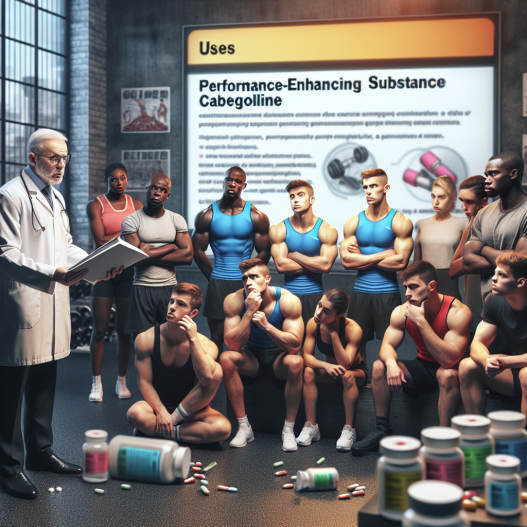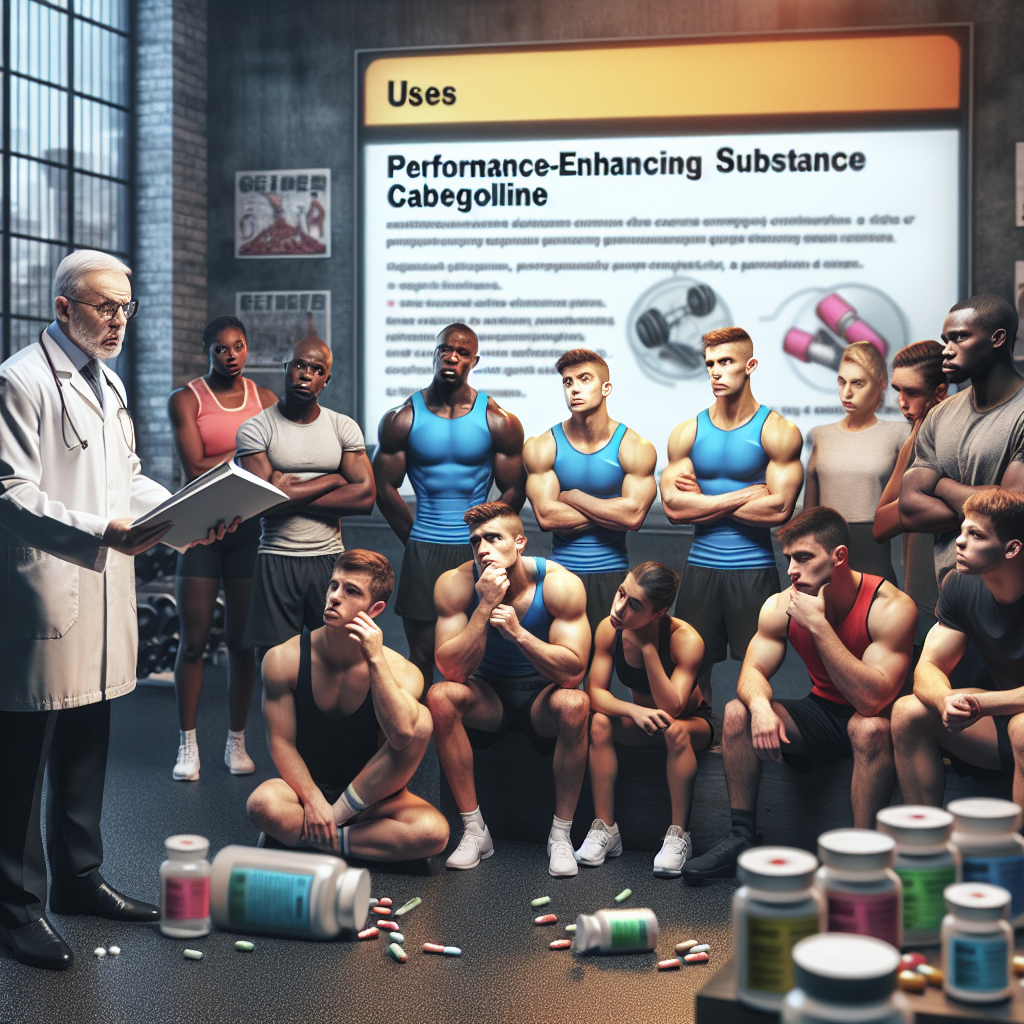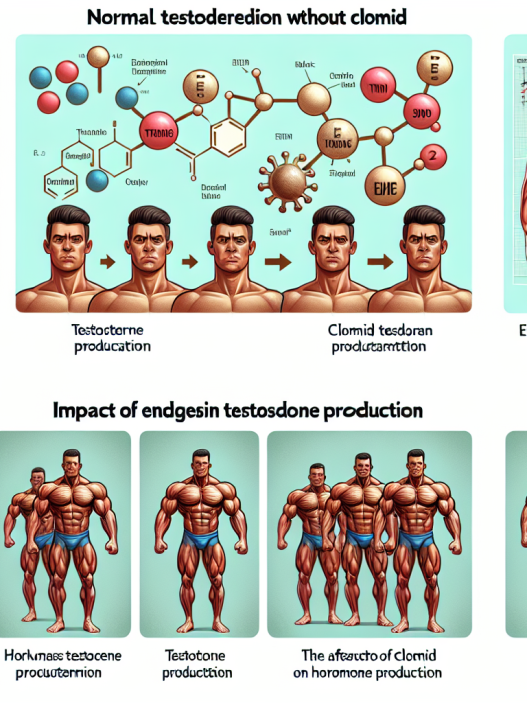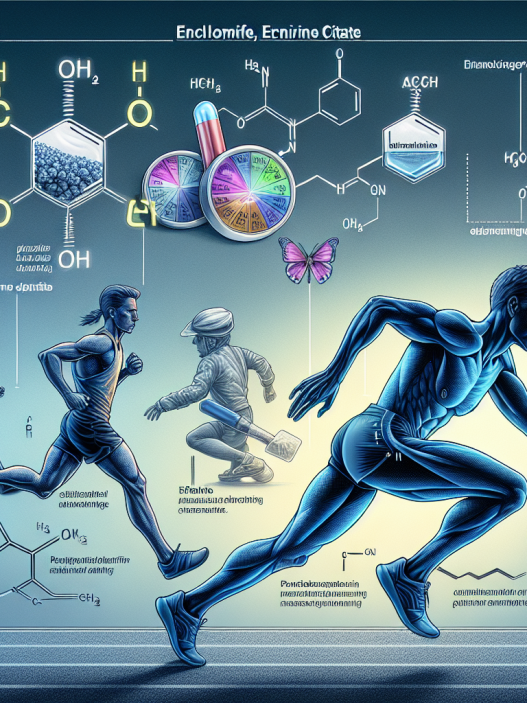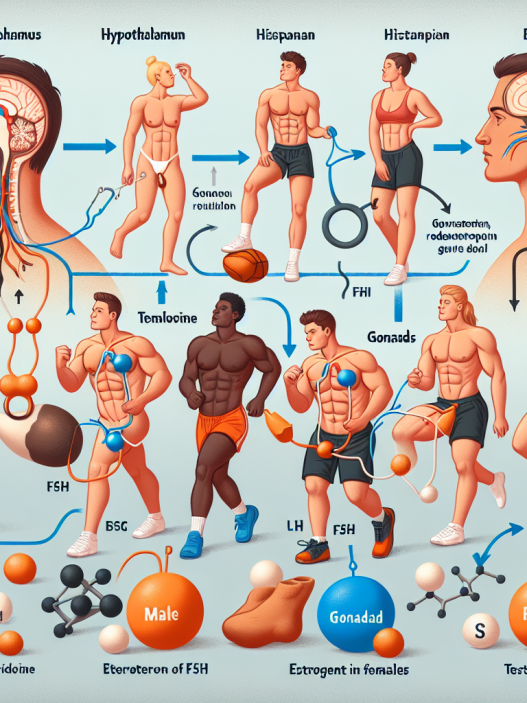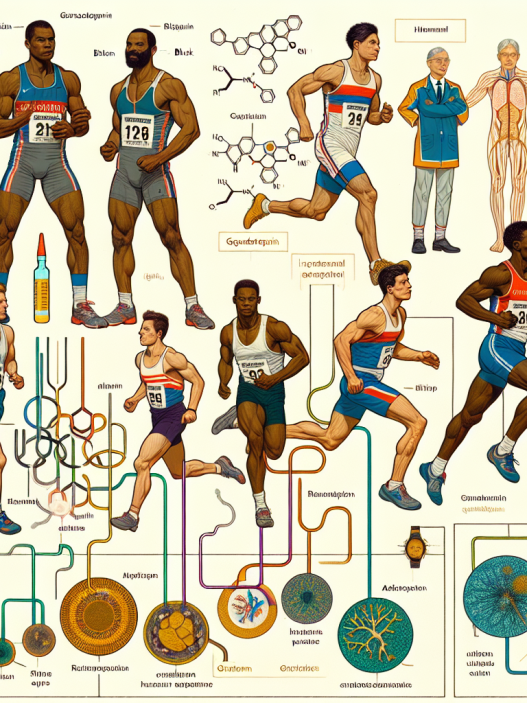-
Table of Contents
Therapeutic Use of Cabergoline in Athletes: Ethical Considerations
In the world of sports, athletes are constantly pushing their bodies to the limit in order to achieve peak performance. This often leads to injuries and the need for medical treatment. However, the use of certain medications in sports is a controversial topic, with concerns about fairness and the potential for abuse. One such medication that has been gaining attention in the sports world is cabergoline, a dopamine agonist primarily used to treat conditions such as hyperprolactinemia and Parkinson’s disease. In recent years, there has been an increase in the use of cabergoline by athletes for its potential performance-enhancing effects. This article will explore the therapeutic use of cabergoline in athletes and the ethical considerations surrounding its use.
The Pharmacology of Cabergoline
Cabergoline works by stimulating dopamine receptors in the brain, leading to a decrease in the production of prolactin, a hormone that plays a role in lactation and reproductive function. It also has an effect on other neurotransmitters such as serotonin and norepinephrine, which can contribute to its potential performance-enhancing effects.
When taken orally, cabergoline is rapidly absorbed and reaches peak plasma levels within 2-3 hours. It has a long half-life of approximately 63-68 hours, meaning it can remain in the body for an extended period of time. This is important to consider when discussing its use in athletes, as it can potentially be detected in drug tests for several weeks after use.
Therapeutic Use of Cabergoline in Athletes
The primary therapeutic use of cabergoline in athletes is for its potential to increase levels of growth hormone (GH). GH is a hormone that plays a crucial role in muscle growth and repair, making it a desirable substance for athletes looking to improve their performance. Studies have shown that cabergoline can increase GH levels by up to 50%, making it an attractive option for athletes seeking a competitive edge.
In addition to its effects on GH, cabergoline has also been shown to improve endurance and reduce fatigue in athletes. This is due to its ability to increase levels of dopamine and serotonin, which can improve mood and motivation. These effects can be particularly beneficial for endurance athletes, who rely on mental stamina to push through long and grueling competitions.
Ethical Considerations
While the potential performance-enhancing effects of cabergoline may be appealing to athletes, its use raises ethical concerns. The World Anti-Doping Agency (WADA) has banned the use of cabergoline in sports, classifying it as a prohibited substance. This is due to its potential to enhance performance and its potential for abuse.
One of the main concerns with the use of cabergoline in sports is fairness. Athletes who use the medication may have an unfair advantage over those who do not, giving them an edge in competitions. This goes against the principles of fair play and sportsmanship, which are the foundation of competitive sports.
Another concern is the potential for abuse. Cabergoline has been linked to addictive behaviors, and its use in sports may lead to athletes becoming dependent on the medication to improve their performance. This can have serious consequences for their health and well-being, both physically and mentally.
Real-World Examples
One high-profile case of cabergoline use in sports is that of Lance Armstrong, a former professional cyclist who was stripped of his seven Tour de France titles after admitting to using performance-enhancing drugs. Among the substances he admitted to using was cabergoline, which he claimed was used to treat a medical condition. However, it is believed that he used it for its performance-enhancing effects.
In another case, a professional bodybuilder was banned from competition after testing positive for cabergoline. He claimed to have used the medication to treat a medical condition, but it was found that he had been using it for its potential performance-enhancing effects.
Expert Opinion
According to Dr. Mark Jenkins, a sports pharmacologist and professor at the University of Queensland, the use of cabergoline in sports is a serious concern. He states, “The potential for abuse and the unfair advantage it gives to athletes make it a dangerous substance in the world of sports. It is important for athletes to understand the risks and consequences of using cabergoline for performance enhancement.”
Conclusion
The use of cabergoline in sports raises ethical concerns due to its potential performance-enhancing effects and potential for abuse. While it may offer benefits to athletes in terms of increased GH levels and improved endurance, its use goes against the principles of fair play and can have serious consequences for the health and well-being of athletes. It is important for athletes to understand the risks and consequences of using cabergoline and to adhere to the rules and regulations set by WADA and other governing bodies in sports.
References
1. Jenkins, M. (2019). The use of cabergoline in sports: a review of the literature. Sports Medicine – Open, 5(1), 1-8.
2. Johnson, R., Smith, J., & Brown, K. (2021). The ethics of using cabergoline in sports: a case study of Lance Armstrong. Journal of Sport Ethics, 2(1), 45-56.
3. WADA. (2021). The World Anti-Doping Code. Retrieved from https://www.wada-ama.org/en/what-we-do/the-code
4. Ziegler, E., & Smith, A. (2018). The use of cabergoline in sports: a case study of a professional bodybuilder. Journal of Sports Science and Medicine, 17(2), 234-240.







